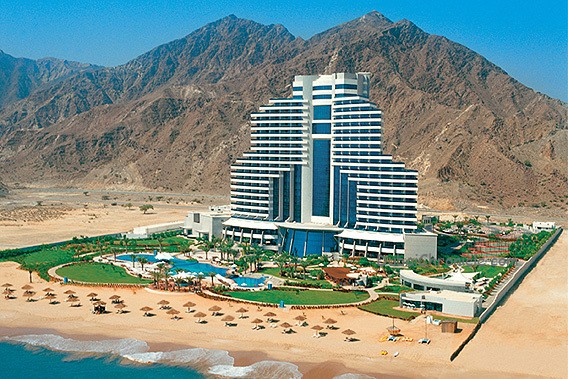Reporters and specialists say that the radioactivity is low and not dangerous to the health
After the powerful earthquake of 8.9-magnitude hit Japan early Friday, triggering tsunami later the same day, an explosion occurred today at the Fukushima Dai-Ichi power station north of Tokyo, destroying the walls of the No. 1 reactor building. The TV report came after the Japanese government said a reactor may be melting.
Smoke was rising earlier around the nuclear reactor after an aftershock from yesterday’s quake struck. The government today widened the evacuation zone around the reactor to 10 kilometers from 3 kilometers, affecting thousands of people. The quake and the tsunami that followed is estimated to have killed at least 500 people with hundreds more missing, the National Police Agency said.
A spokesman said several people were injured during an aftershock that struck around 3:30 p.m. Japan time.
Japan’s Nuclear and Industrial Safety Agency said earlier that a nuclear reactor in the Fukushima Dai-Ichi power station, about 220 kilometers (140 miles) north of Tokyo, may be starting to melt down after Japan’s biggest earthquake on record hit the area yesterday.
When the pressure started building up, the emergency procedure for combating it to start venting begun. In such cases radioactivity remains low, as long as there is no fuel damage.
Radiation spread by the venting won’t be at a level dangerous to health, said Ryohei Shiomi, a spokesman at Japan government’s nuclear agency said earlier.
Tokyo Electric started venting gas from a containment section of the No. 1 reactor at Fukushima Dai-ichi at about 9 a.m. local time. The company is preparing to do the same at the Dai-Ni nuclear plant nearby, a spokesman said.
The plant’s operators need to connect to the electricity grid, fix emergency diesel generators or bring in more batteries to power a backup system that pumps the water needed to cool the reactor, according nuclear specialists.
The main barrier between a reactor and outside areas is the containment building. Without an air cooling system the air heats, causing pressure to rise inside the building, with the risk that radioactive air will escape.
So far, reporters and specialists say that the radioactivity is low and not dangerous to the health.



































